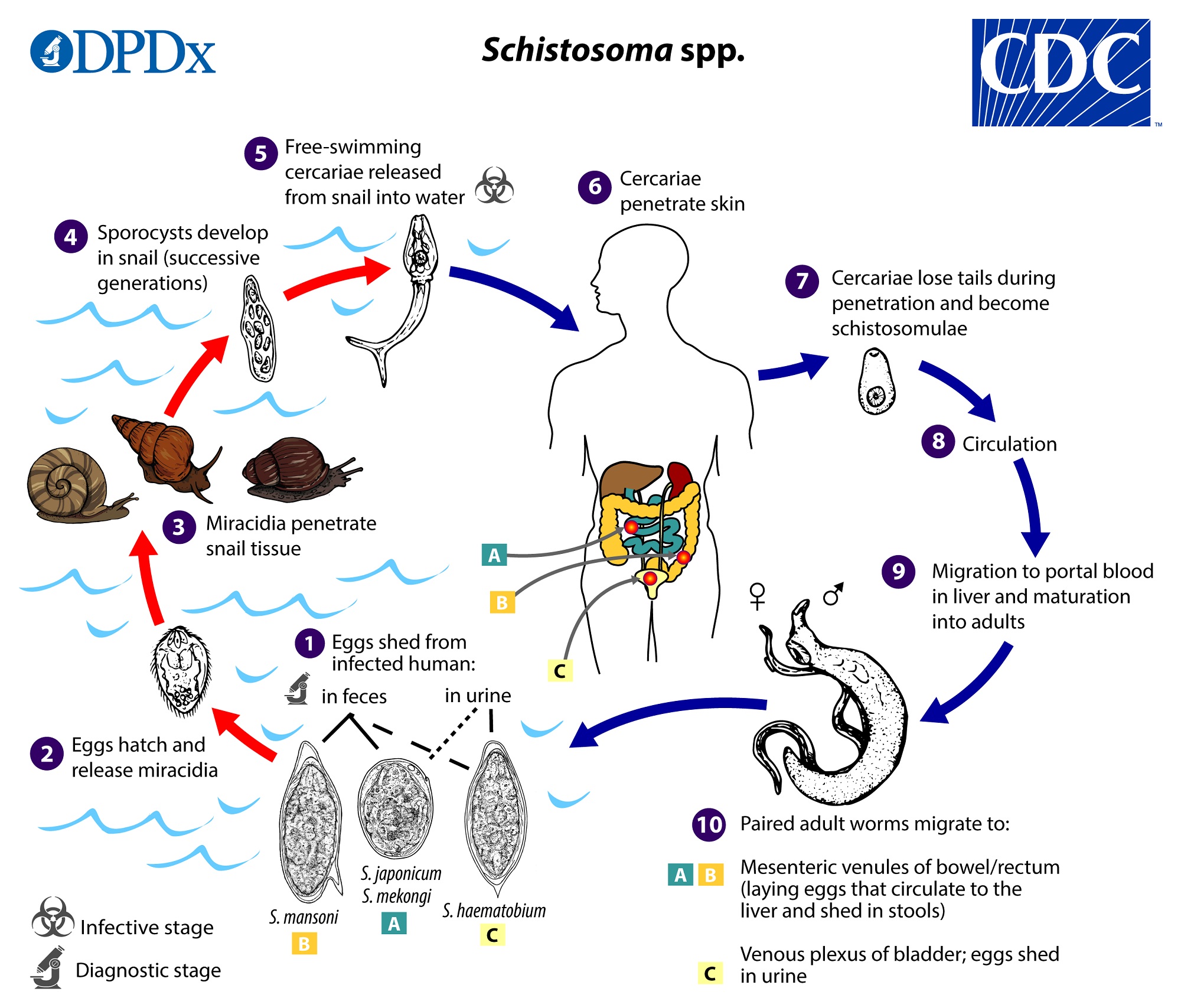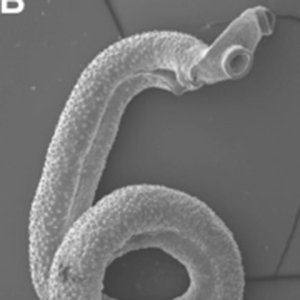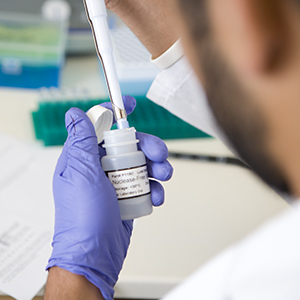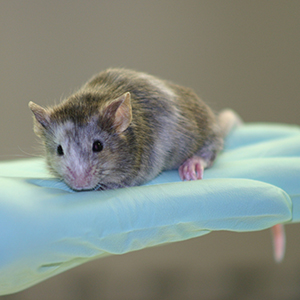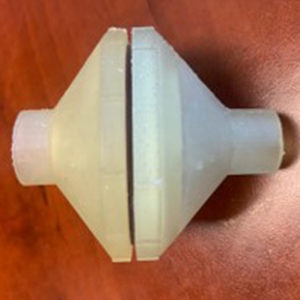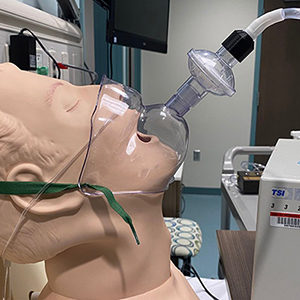Description
New drug prevents, treats tropical parasite disease
![Images of adult schistosomes. Panel A shows a schematic drawing of an adult worm pair. The large adult male embraces the smaller female worm and both worms have two suckers by which they attach to the blood vessel wall. Panel B shows a scanning electron microscope image of a single S. mansoni adult male, which is about 1 cm long with a diameter of 1 mm. Panel C shows a cross-section of an adult S. mansoni worm pair (m, male; f, female; arrows mark the vessel wall) in a mesenteric venule of a mouse. This cross-section illustrates how close the worm pair is to the vessel wall and suggests the extent to which the worms must disturb blood flow (Panel C is adapted from D. G. Colley and W. E. Secor, PLoS Neglected Tropical Diseases 2007 [10]). Image Credit: Department of Medical Microbiology and Infectious Diseases, Erasmus University Medical Center, Rotterdam, The Netherlands.](https://www.unemed.com/wp-content/uploads/2021/03/schistosoma1.png)
Images of adult schistosomes. Panel A shows a schematic drawing of an adult worm pair. The large adult male embraces the smaller female worm and both worms have two suckers by which they attach to the blood vessel wall. Panel B shows a scanning electron microscope image of a single S. mansoni adult male, which is about 1 cm long with a diameter of 1 mm. Panel C shows a cross-section of an adult S. mansoni worm pair (m, male; f, female; arrows mark the vessel wall) in a mesenteric venule of a mouse. This cross-section illustrates how close the worm pair is to the vessel wall and suggests the extent to which the worms must disturb blood flow (Panel C is adapted from D. G. Colley and W. E. Secor, PLoS Neglected Tropical Diseases 2007 [10]).
Image Credit: Department of Medical Microbiology and Infectious Diseases, Erasmus University Medical Center, Rotterdam, The Netherlands.
Parasitic worms cause schistosomiasis, a world-wide disease most common in the tropical regions of Africa, Asia and South America. Schistosoma, also known as bilharzia, affects as many as 200 million worldwide, with 779 million living at risk of infection. The disease can lead to inflammation and scarring in the intestine, liver or bladder, but children with chronic infections often suffer from anemia, malnutrition and learning difficulties, according to the Centers for Disease Control and Prevention.
The best option available today is a “preventive chemotherapy” program that treats millions of school-age children with praziquantel, or PZQ for short. PZQ is the only drug available for treatment of this disease, but it is rapidly metabolized, rarely curative, and has little activity against juvenile schistosomula, the young developmental stage of the parasite (Utzinger et al., 2011; Olliaro et al., 2014; Bergquist et al., 2017).
Should serious PZQ drug resistance arise, there are no viable alternatives to this drug.
The innovation at UNMC is a series of aryl hydantoins that have superior pharmacokinetic profiles compared to PZQ. Unlike PZQ, these new compounds have high efficacy against both juvenile and adult forms of the schistosome parasite. They have potential applications for both prevention and treatment, and could perhaps even help eradicate schistosomiasis.
To discuss sponsored research and licensing opportunities contact Nathan Hatch, PhD, at nathan.hatch@unmc.edu or 402-604-0914.
